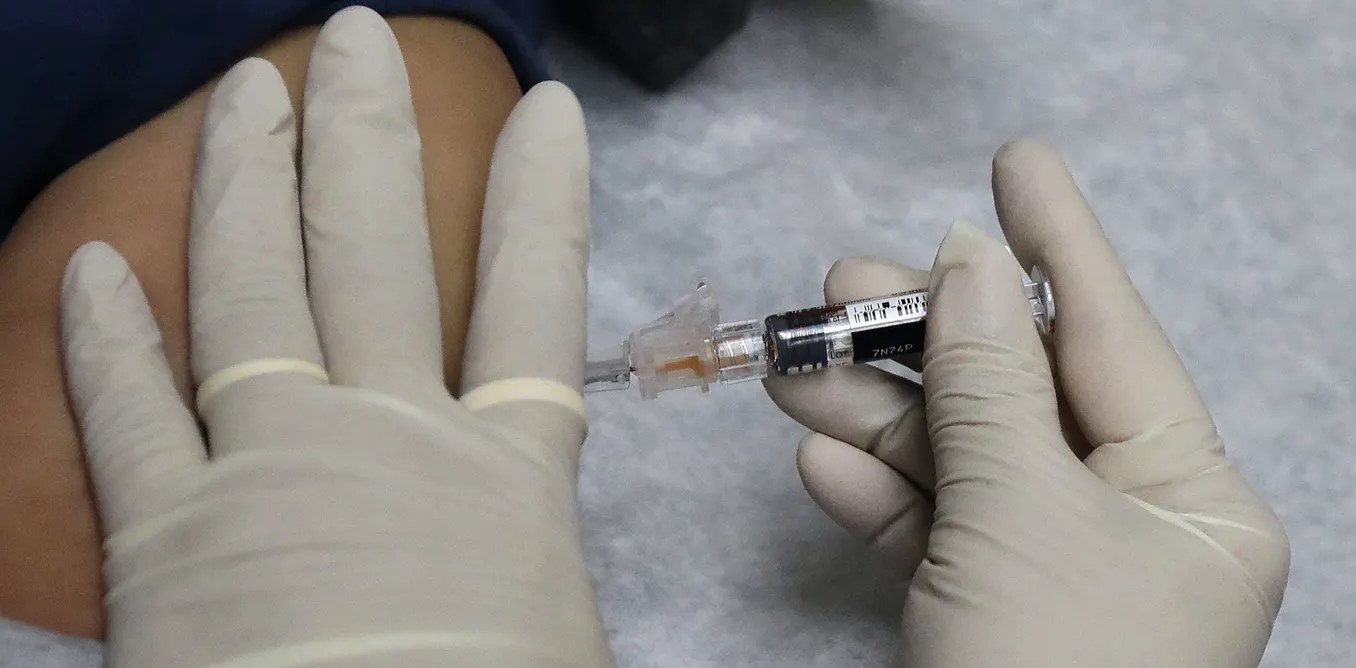Lessons from COVID-19: what the pandemic taught us about building a resilient healthcare workforce
- Written by Jade Mortlock, Randstad’s National Healthcare Solutions

There is an unspoken expectation that health and social care workers are, by nature, resilient. If there is a lesson to be learnt from COVID-19, it is that we cannot expect this of anyone, least of all frontline workers.
Drawing on findings from Randstad’s Healthcare and Resilience report and interviews with healthcare professionals and Randstad sector experts, I will share some of the learnings we’ve taken from healthcare and how to apply them in your organisation.
Demands on healthcare
After 14 years working in the health and social care sector, I am well aware of the many challenges that the healthcare industry faces. The ongoing struggle of supply versus demand of suitably qualified health and social care, rural and remote workforce shortages, and the attraction of overseas trained clinicians to meet increasing demand to name a few. These are ongoing issues which continue to pose issues in the healthcare landscape which demand an urgent call for action.
“With international borders closed, and with no open date in sight, we are yet to fully feel the extent of cutting off the supply of internationally trained healthcare professionals will have on our system; most notably for rural and remote regions.”
The key findings from the latest Randstad talent trends report suggest that alternative employment models are needed to prepare for uncertainties and build a smart health ecosystem. For example, I am currently working to deliver health and social care talent and workforce solutions within the public and private hospital networks, the not-for-profit arena and also to commercial organisations. From this broad experience it has become apparent to me that a strategic workforce roadmap that considers total talent management solutions as well as outsourced solutions that are delivered under reasonable and commercial parameters, is the solution.
How to build resilience in health and social care
The pandemic has proved that necessity is the mother of invention – health and social care providers have discovered new ways of working, new ways of engaging and new ways of harnessing technology. The rapid digital adoption driven by COVID-19 means there is improved access capabilities and transformation of healthcare systems.
Workforce shortages and access challenges were able to be resolved through the implementation of technology which provided regional and remote areas, as well as elderly and vulnerable people, access to virtual care models such as telehealth services and end-to-end prescription.
While Australia had some natural advantages in dealing with the pandemic, key outtakes from the report suggest that the need for cooperation between private and public health and state and federal authorities was quickly recognised and acted upon.
As a result, what would have otherwise taken years of development, happened within a few months. This was vital to the success of the healthcare response.
At the Committee for Economic Development of Australia (CEDA)s Human Services Health and Technology webinar, professor Mary Foley, managing director of Telstra Health presented on the consumer adoption of these innovative care models, which, for some, is now becoming the preferred method for receiving care. She also talked about how the health and social care industry can leverage its benefits in the future.
“The key challenge is how we capture the benefits of digital adoption and sustain the ongoing development of these models as we move from a crisis management model to the new ‘business as usual’ going forward,” She said at the event.
In fact, Randstad’s report also highlights how healthcare professionals learned to be resilient as they rapidly adjusted their practice to include technology. I believe that this new normal will see a new partnership forged with education to deliver better training for providers on how to operate between technology platforms and each other. However, it is important to recognise that an enormous part of the workforce is well into their careers, and change-management will also be a key aspect of that education component.
We should remember that health and social care workers are heroes, not superheroes. The extreme expectation for workers in this professional group to simultaneously complete studies in a clinical setting, perform with empathy and appropriate bedside manner and possess refined soft skills, while also navigating the challenges of the COVID-19 environment can be overwhelming.
We are asking healthcare workers to be superheroes, and there are very few professions that require people to be technical, empathetic, and have clinical capabilities.
Instead, helping health and social care workers to develop a positive attitude towards stressful situations can build a happier, more productive workforce. For example, nursing Manager, Tracy Churchill is interviewed in the report and stresses the importance of teaching that “stress can be motivating and helpful”.
The healthcare workforce of the future
As an industry, Australia’s healthcare system has shown resilience in the way it has been forced to respond with unprecedented agility to the COVID-19 pandemic, but for the individual health worker, resilience is a personal journey.
It’s for this reason then that healthcare professionals should be given the opportunity to be equally agile in the way they attempt to navigate their own path to resilience.
Randstad’s Health and Resilience report highlights the importance of prioritising the safety, security and health of the individual, and states that employers offering comprehensive support to stressed workers will likely see the return on investment from a healthier, more productive workforce.
The report also highlights five key learnings that can be applied to any business:
- Stress the positive
- Engage and empower
- Safeguard mental health
- Strengthen agility and prevention
- Embrace tech
Discover our solutions
For more information download Randstad’s full report ‘Building a Resilient Healthcare Workforce’.

















